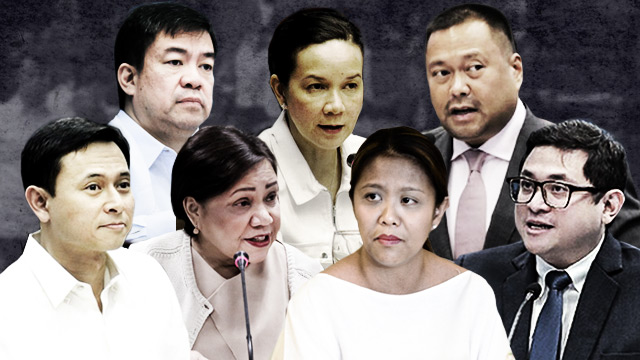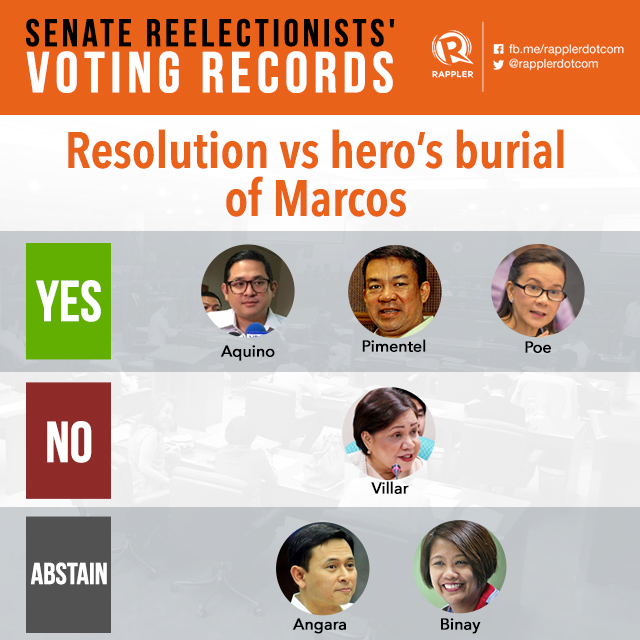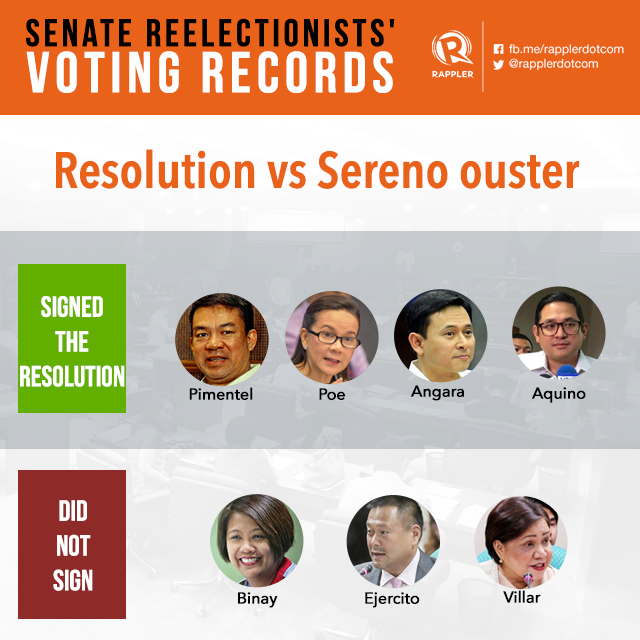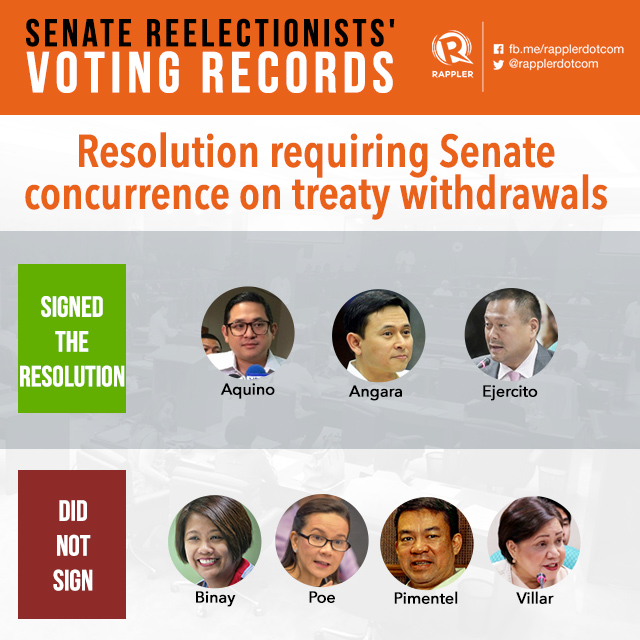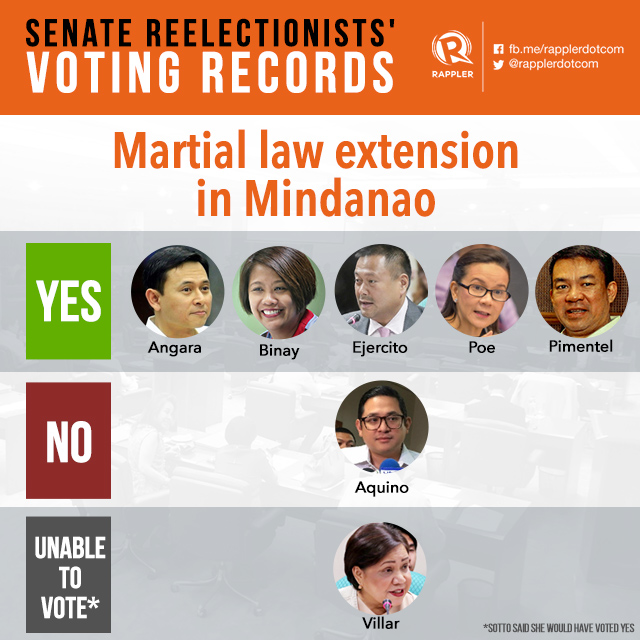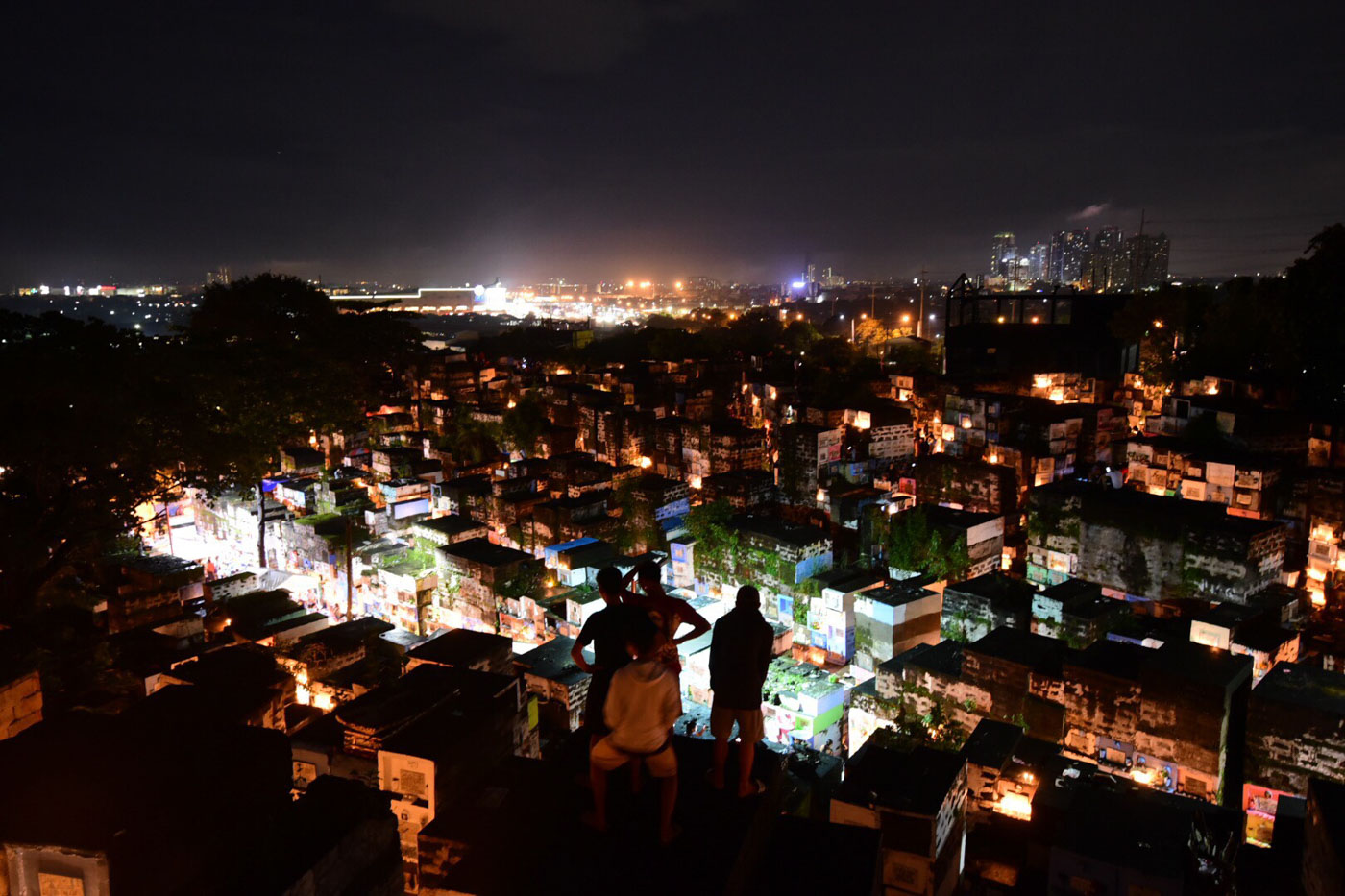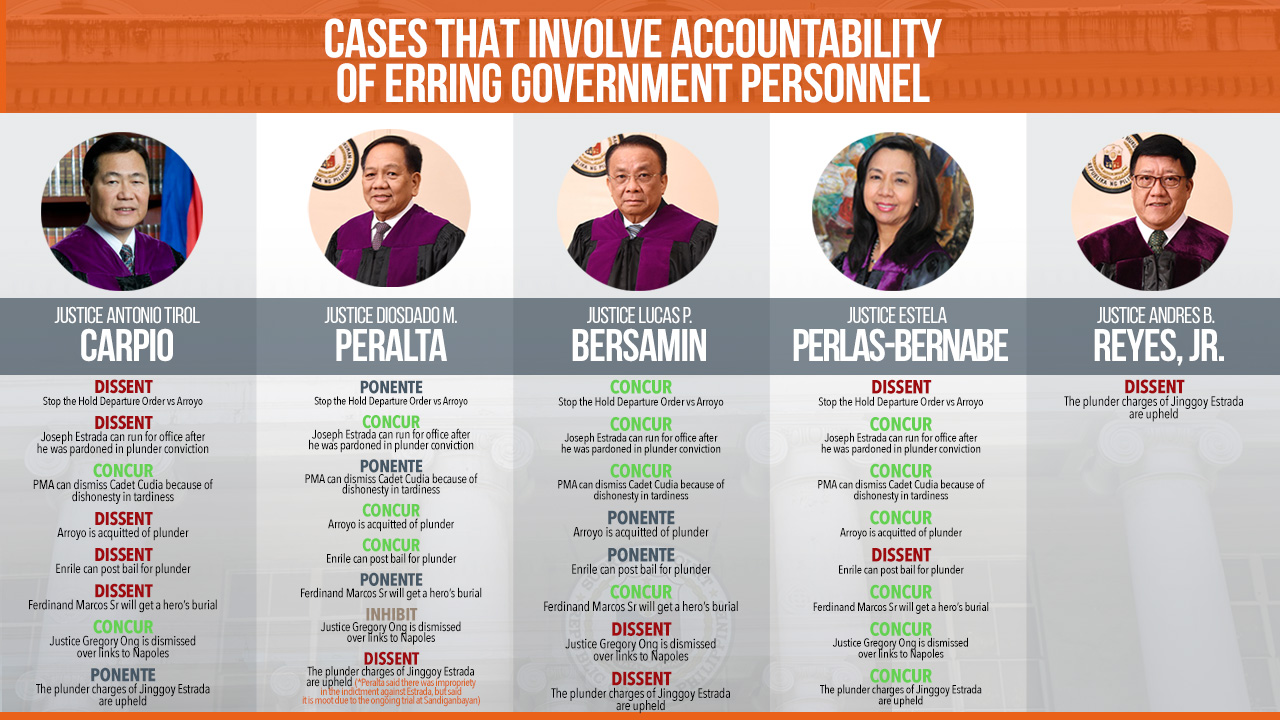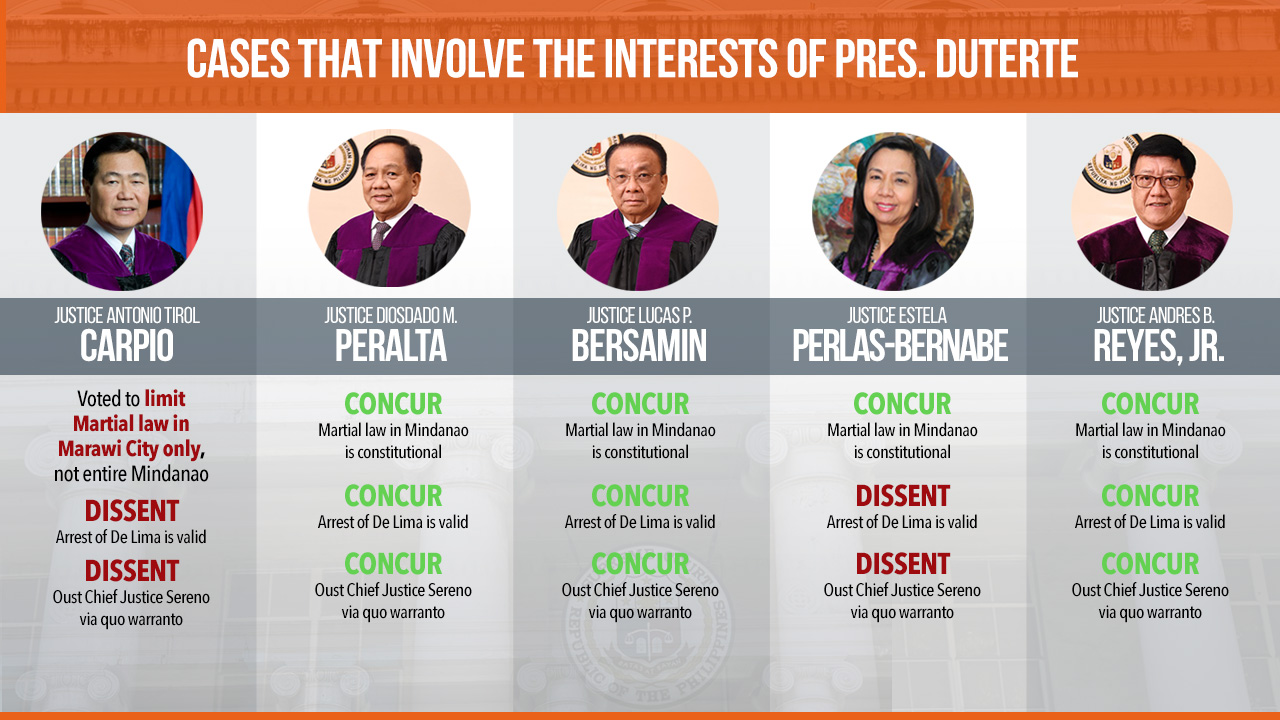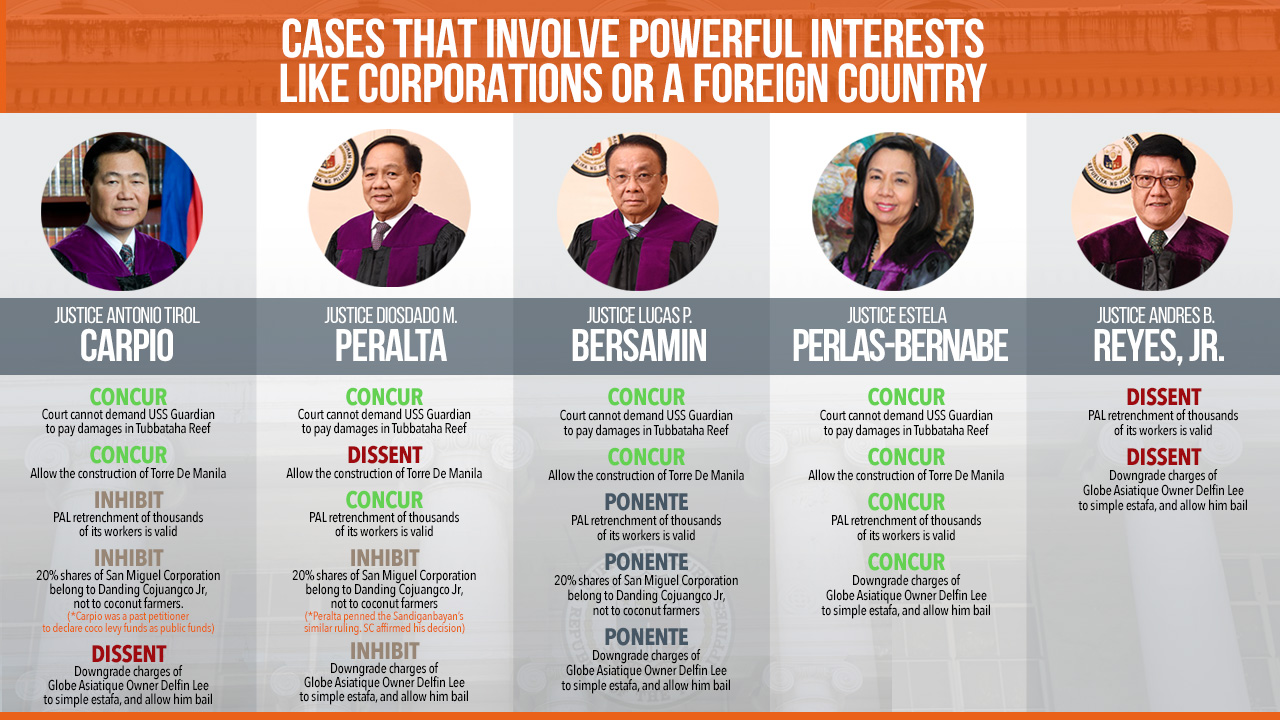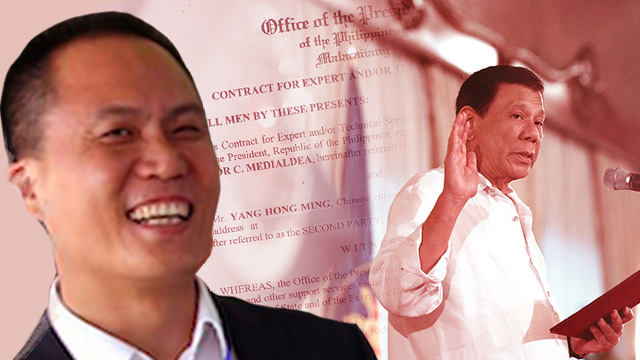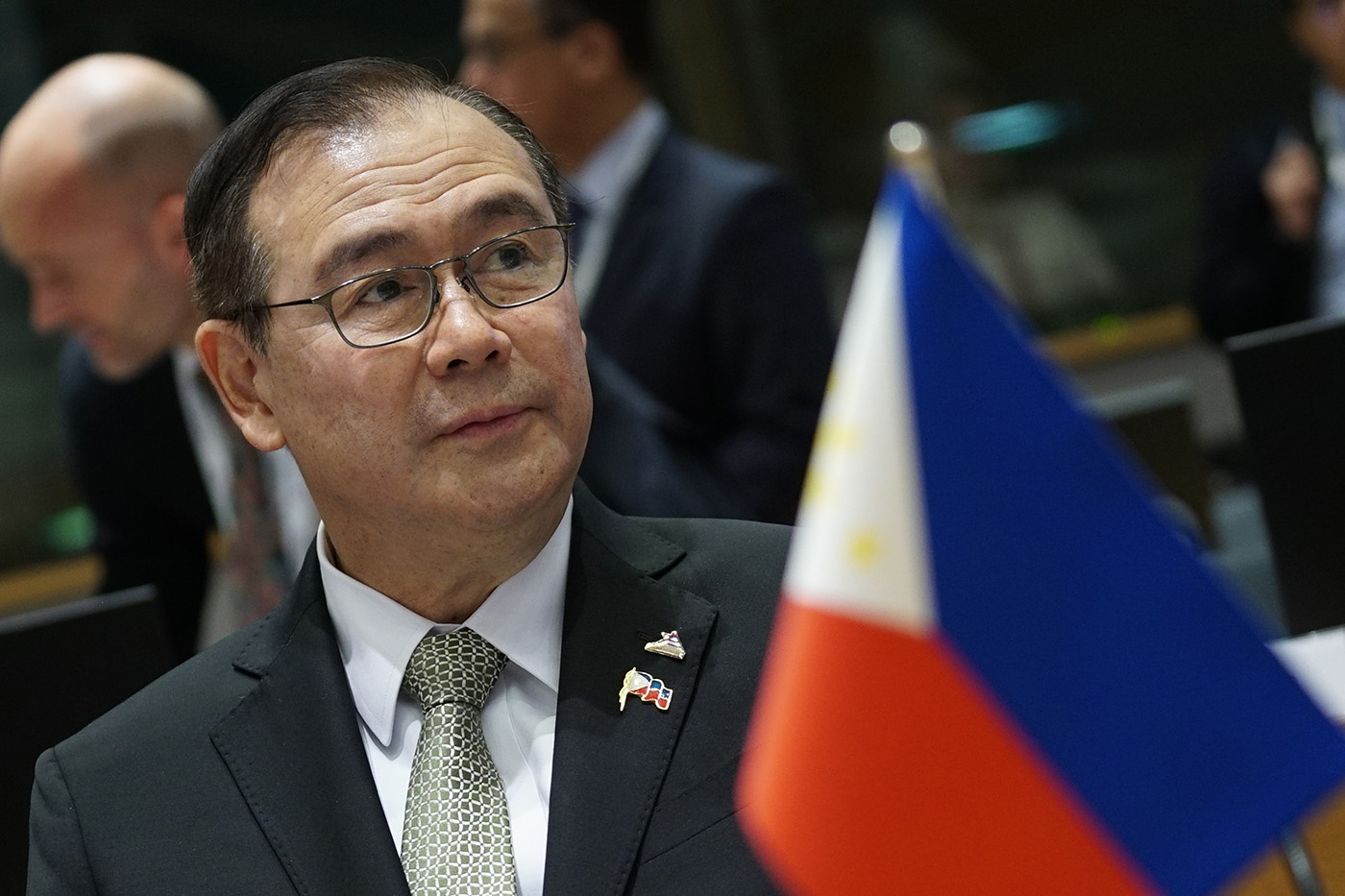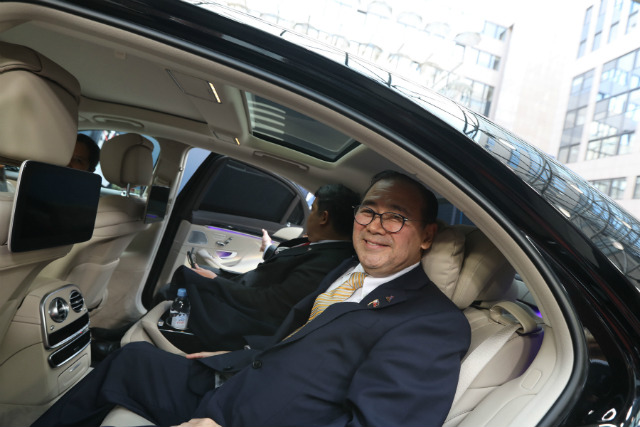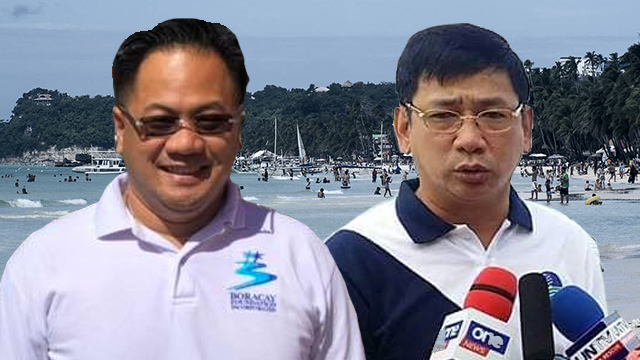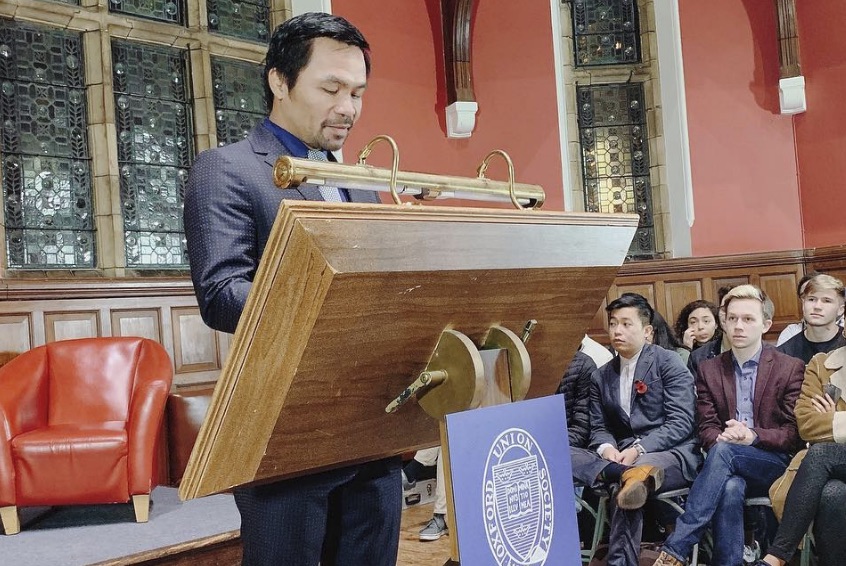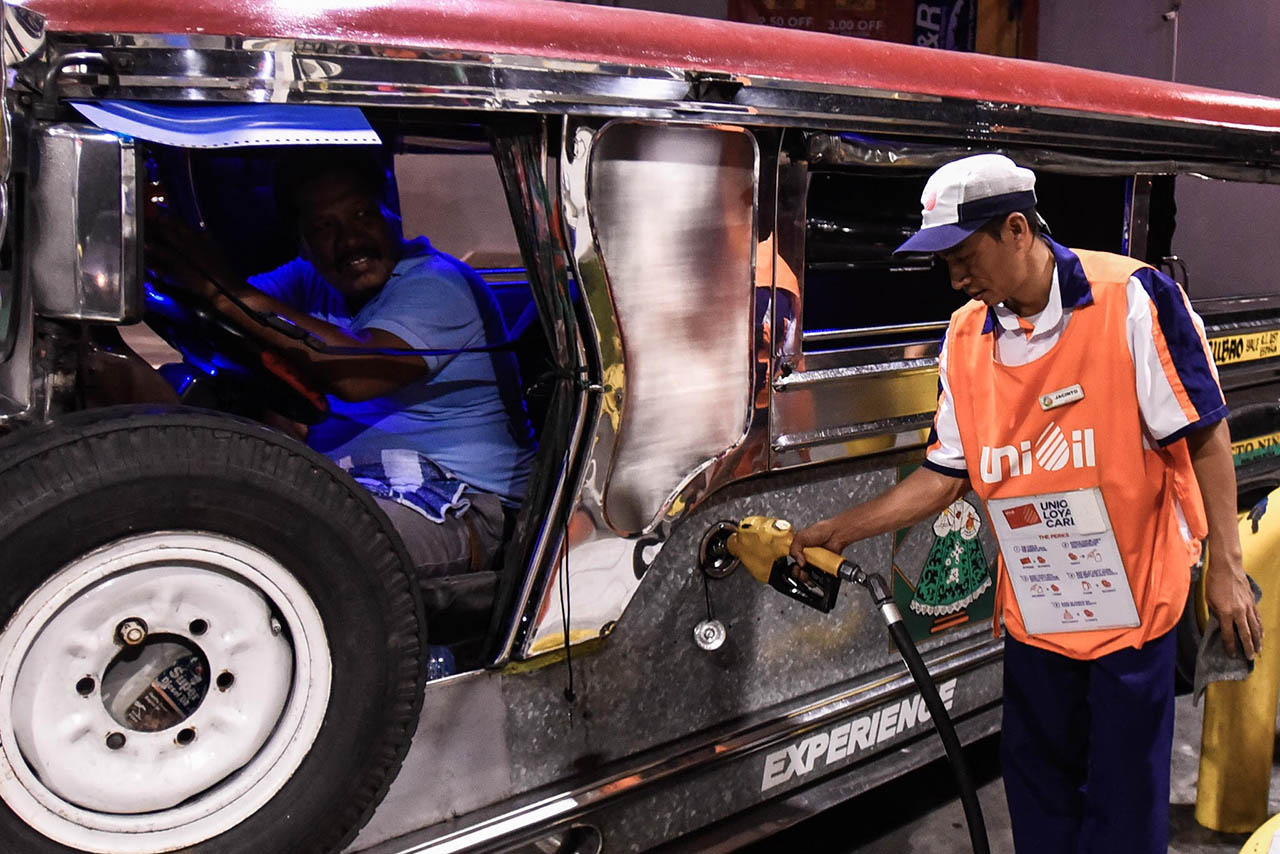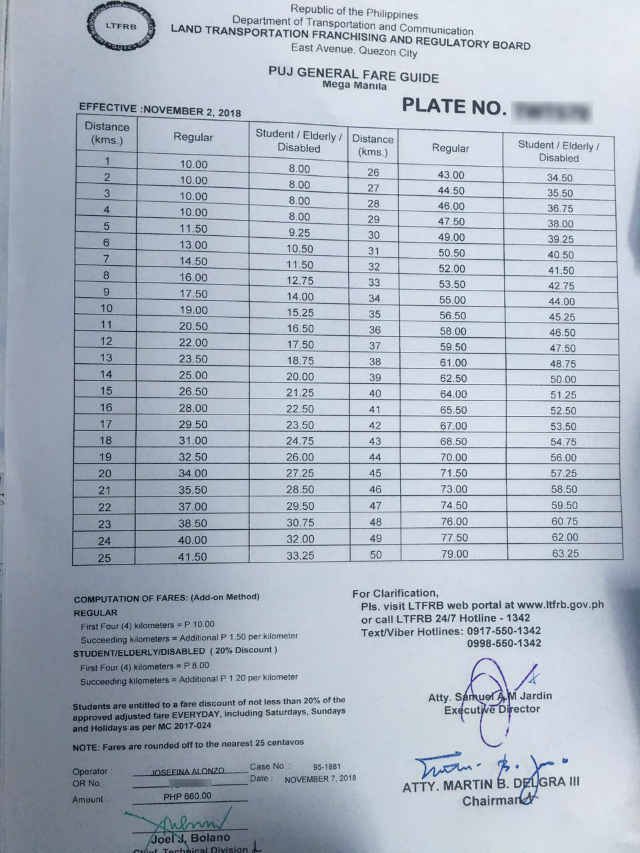Conclusion
Part 1: Panglao: Riding the tourism cash cow
Part 2: Garbage in paradise: The price of Panglao's rise as tourist destination
Part 3: New system for old problems: Panglao's struggle with solid waste
Part 4: In Panglao: Tourism funds waste management and conservation
PANGLAO, Bohol – Once Nenita* opens her sari-sari store along Panglao Circumferential Road, she makes sure that buyers throw their trash in the proper bins.
She followed the rules: 4 bins properly labeled with biodegradable, non-biodegradable, residuals, and special wastes. She took it even further by indicating the types of trash that can be thrown in those bins.
“If I don’t segregate, I will be fined by the municipality,” she said while handing change to a local who bought a stick of cigarette. “I don’t want to be fined, it’s a waste of earnings.”
Since the Panglao municipality implemented a “No Segregation, No Collection” policy, local establishments were required to provide 4 trash bins that cater to different categories of garbage.
The violation charges, when accumulated, are a big deal for smaller store owners like Nenita who sometimes have to pay P25,000 in one sitting to get a mayor’s permit. But this isn’t the case for other establishments in Panglao.
Data from the municipal solid waste management office showed that 774 violations on segregation were committed by 211 establishments in the municipality.
Topping the list are restaurants and bars, followed by smaller hotels and resorts. Souvenir stores, general merchandise stores, and a spa are among the top 20 offenders in the province.
Also, most of the top violators do business in Barangay Tawala.
In 2017 alone, 652 violations were documented based on door-to-door inspections done by Panglao’s eco-warriors in Tawala. These were committed by 141 establishments, mostly resorts and restaurants.
The figure is interesting: there were 606 registered businesses in Tawala in 2017. This means that one to two establishments committed a segregation violation per day in Bohol’s new tourism center.
Those who failed to segregate – households and non-households alike – had to deal with two added problems: fines and uncollected garbage.
This brought about another problem in the municipality: illegal dumping of garbage.
“Sometimes, when we do inspections, our eco-warriors notice that the trash volume is low. We find out that it’s because they (businesses) hire habal-habal (motorcycle) drivers to dispose of their trash,” Manuel Fudolin of the solid waste management said.
On a normal day, Fudolin boards his motorcycle in hopes of catching locals in the act of burning waste, mostly residuals, in violation of the Clean Air Act of 1999.
He’s been successful so far. A total of 18 violators, mostly resorts and individuals, have been caught red-handed dumping non-biodegradable waste in vacant lots in Panglao.
“Now violators are smarter,” said Fudolin. “They burn the receipts or tatter them to shreds to avoid being caught.”
Problems worsened by private business
Although the solid waste management office lacks police power to catch violators, it carries the sanctions over to the annual renewal of permits. For an establishment to secure a permit, it has to settle fines in mismanaged solid waste and issues on sanitation.
Some, however, delay getting permits.
Data on registered establishments from the Business and Licensing Permits Office (BPLO) are available but incomplete. This means that some establishments in Panglao are doing business without the necessary paperwork.
At the tourism office, Leonidas Senica admitted that this practice is common. On their end, they track actual establishments on the ground and indicate which ones are operating without the required registration.
Case in point: Transient dive centers. The tourism office noted that there are 13 transient dive centers operating in Panglao that are not registered with the municipality.
| Number of resorts based on records | 336 |
| With environmental compliance certificate | 84 |
| With valid discharge permit | 6 |
| With expired discharge permit | 4 |
| Without discharge permit | 323 |
| Non-operational | 3 |
After Boracay’s closure, EMB evaluated resorts in Panglao and found that majority lack environmental permits. Source: Environment Management Bureau Region 7, as of April 26, 2018
Similarly, a majority of resorts and hotels in Panglao continue to welcome tourists even without an environmental compliance certificate (ECC) and adequate discharge permits. (READ: Panglao island next in DENR ‘crackdown on environmental violators’)
On the tourism front, some businesses are also averse to divulging exact visitor arrivals, which in turn, limits the municipality’s programs targeted at protecting tourists.
Only 55% of the total number of hotels, resorts, and inns on the island report actual figures to the tourism office. They have cases of “outliers” or resorts that do not divulge data and fake occupancy figures.
“If a resort has more than 300 rooms and they only divulge 5,000 guests in a year, you really won’t believe them, right? So we don’t include the numbers,” he said. “If figures appear that they’re not credible, we don’t include that in the final data,” he added.
The lack of complete data hinders the local office’s efforts in overseeing, not just solid waste, but also the business operations in the area. It also delays requests for national funding on roads, social services equipment, and construction of buildings for tourists.
It’s also unclear whether Panglao’s businesses, especially the bigger ones, have extensive internal programs for solid waste management.
We reached out to the Bohol Association of Hotels, Resorts, and Restaurants (BAHRR), the umbrella organization of tourism establishments in the province, but they did not reply to our questions.
Fragile bureaucracy
Panglao’s unstable mayorship also diverted attention from the waste problem.
Early this year, Mayor Leonila Montero was dismissed by the Ombudsman for violating the one-year appointment ban. The Ombudsman found her guilty of “simple misconduct" and was meted the penalty of 3 months suspension without pay. (READ: Panglao Mayor suspended, faces graft charge for hiring losing candidates)
Vice Mayor Pedro Fuertes assumed office immediately.
When 2018 opened, Montero was unable to return to office. Fuertes refused to vacate the mayor’s seat despite a directive from the Department of the Interior and Local Government (DILG), arguing that it lacked legal support.
But the tug-of-war continued. (READ: Spreading ‘humor’ is economic sabotage – Bohol mayor’s memo)
Last June, the Court of Appeals released a decision that reinstated Montero as mayor of Panglao. This was supported by a DILG Region VII Memorandum dated October 27, 2018, which pushed for the “immediate implementation of the CA decision against Mayor Leonila P. Montero of Panglao, Bohol.”
How does Panglao’s politicking affect tourism and waste management programs?
A lot, said Brother Miloy Bulilan of the Holy Name University (HNU). Bulilan specializes in tourism studies and has a doctorate in International Development. HNU is the biggest private school in Tagbilaran City.
“The LGU's (local government unit's) role is big in managing tourism and its attached social problems. LGUs should release policies to process, regulate, and control activities of independent tour operators,” he said.
“Policies impact building permits, training, and managing waste. Otherwise, the system will be in disarray and people will just do what benefits them,” Bulilan added.
The political fiesta has also sidetracked other issues in strengthening the local waste management system and its environment efforts. During the one-year political tug-of-war, Panglao delayed appointing a Municipal Environment and Natural Resources Officer (MENRO) to coordinate the efforts of the local offices with provincial interventions.
Mayor Fuertes refused to be interviewed for this series.
Tripod of solutions but weak political will
Solving problems on waste is a tripod, said Dr. Federico Ticong, sociology department chair from HNU. Three factors need to be actively involved: the local government unit, national laws, and civil society organizations (CSO).
All these elements were present, yet shaky, in Panglao.
There is a national law on managing solid waste and it has been adapted, yet the system is overwhelmed by the volume of trash generated by tourism establishments. Panglao lacks strong CSO movements.
Ticong said there are numerous organizations and associations in Bohol that push for environment conservation but there is no powerful local lobbyist on solid waste management. Some fierce environmentalists of the past, said Ticong, have now been hired by big hotels and resorts.
“There is also the concern of how educated our local leaders are in sustainable tourism development, which includes waste management, and of course, how sincere they are,” Ticong said. “The municipality should enforce its powers against violators. It’s not enough that violators are being fined.”
LGUs also decry the lack of resources in their failure to adapt solid waste management measures. But Engineer Eligio Ildefonso of the National Solid Waste Management Commission (NSWMC) of the Department of Environment and Natural Resources (DENR) does not buy that.
“We don’t believe them because they (LGUs) receive IRA (Internal Revenue Allotments). They should allot resources for waste management,” Ildefonso said. “It’s not true that they don’t have money. Magsara na ang bangko pero ang LGU may pera,” he added. (LGUs will still have money even when banks close down.)
According to Ildefonso, the solution to the garbage problem hounding Panglao’s beaches boils down to one phrase: political will.
“The bottomline is political will, it’s just that waste management is not a priority for them,” Ildefonso said. “They (local officials) don’t want to touch on proper and strict waste management because they think it will lessen the votes.”
Additionally, local officials also fear the ire of investors.
Boy* who works at the municipality pointed out that Panglao values investors and this priority enabled businesses to circumvent rules like operating without adequate licenses and permits.
“I think it always boils down to the local chief executive. If they lack political will…Regardless of how persistent we are, if they lack political will, then there’s nothing we can do,” Boy said.
“In my experience… there’s some political will but it’s half-baked… depends on their pleasure. They are afraid that if they are strict, the investors will stop investing here.” – Rappler.com
*Names were withheld upon request.
This story is part of a series on tourism and waste management in the Philippines, and was supported by Intranews’ Earth Journalism Network (EJN).


